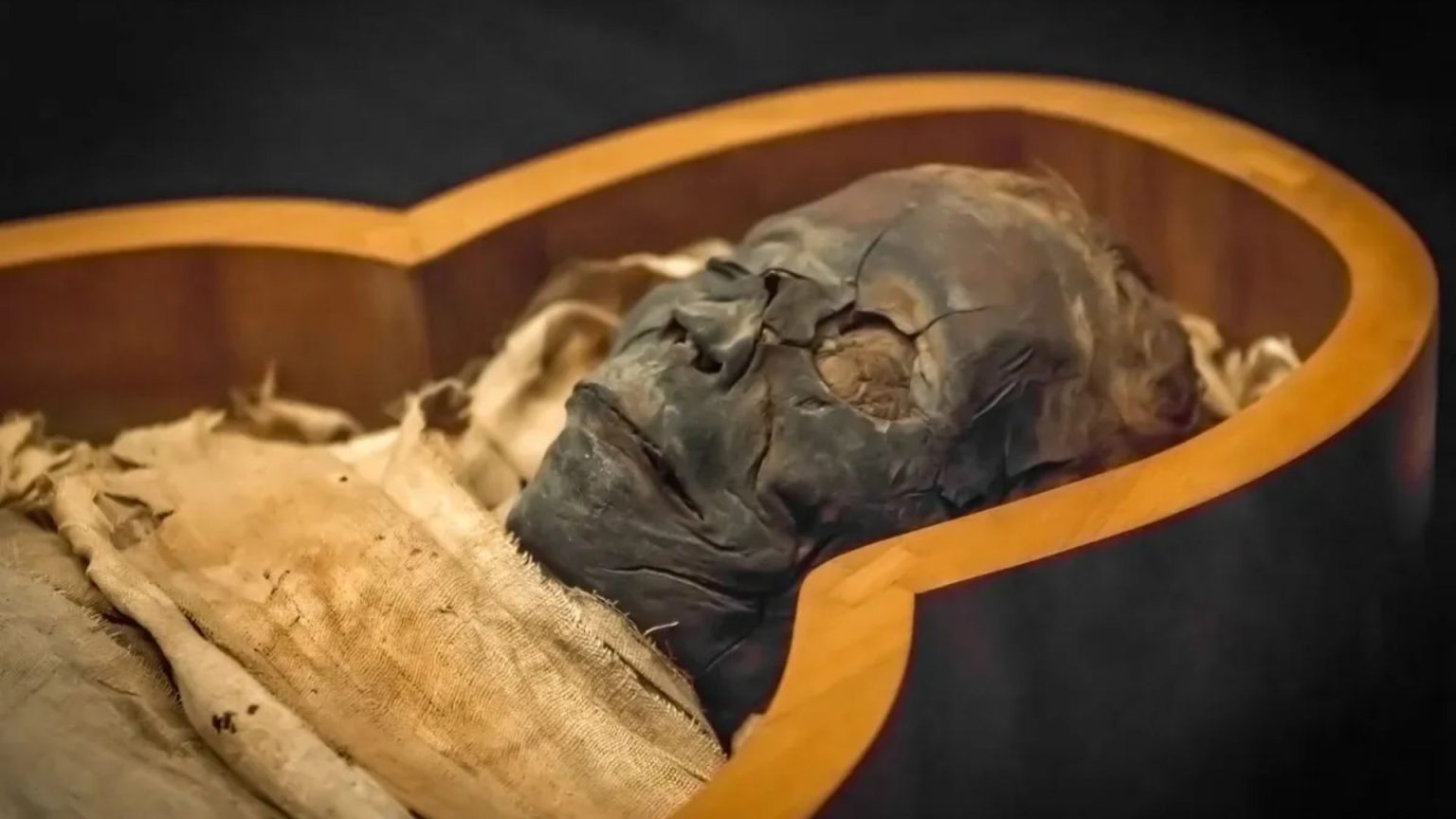The discovery of Yersinia pestis DNA in a 3,290-year-old Egyptian mummy has rewritten the history of the bubonic plague, pushing its known presence back thousands of years and geographically expanding its reach beyond the previously confirmed confines of Eurasia. This finding, the oldest confirmed case of the plague outside of Eurasia, suggests that the deadly disease circulated in North Africa long before the devastating Black Death swept through Europe in the 14th century. The mummy, housed in the Museo Egizio in Turin, Italy, offers a unique glimpse into the ancient history of this infamous pathogen. The presence of Y. pestis DNA in both the mummy’s bone tissue and intestinal contents indicates an advanced stage of infection at the time of death, providing crucial evidence for the plague’s existence in ancient Egypt. While the extent of the disease’s prevalence during that period remains unclear, this discovery marks a significant advancement in our understanding of the plague’s historical trajectory.
Prior to this discovery, evidence of Y. pestis had been limited to Europe and Asia, with the oldest known cases identified in 5,000-year-old skeletons from Russia. While studies over the past several years have hinted at the pathogen’s existence millennia before the historical Black Death pandemic, these discoveries were geographically confined. The Egyptian mummy now provides concrete molecular evidence of the plague’s presence in North Africa during the Bronze Age, challenging previous assumptions about its origins and spread. This discovery has the potential to reshape our understanding of the disease’s evolution and transmission patterns, opening new avenues of research into the long history of this devastating illness.
While the exact nature of the plague’s presence in ancient Egypt remains a subject of ongoing investigation, earlier research provided tantalizing hints of its possible existence. The discovery of fleas at the Amarna archaeological site, the former home of workers who constructed Tutankhamun’s tomb, suggested a potential vector for the disease. Fleas are known carriers of the plague, raising the possibility that the disease may have existed in the region. Furthermore, the Ebers Papyrus, a 3,500-year-old medical text, describes a disease characterized by a “bubo” with “petrified pus,” symptoms consistent with the bubonic plague. These clues, while suggestive, lacked the definitive proof offered by the mummy’s DNA analysis.
One prevailing theory proposes that the plague originated in Nile rats, whose fleas then infected black rats that travelled on ships, disseminating the disease globally. This hypothesis, previously lacking conclusive evidence of the plague’s presence in ancient Egypt, now finds support in the mummy’s DNA. The discovery strengthens the link between the ancient Egyptian context and the later global spread of the Black Death, offering a more complete picture of the disease’s intricate history. Further research will be crucial to fully understand the role of Egypt in the plague’s early evolution and dissemination.
The infamous Black Death, a bubonic plague epidemic that ravaged Europe and Asia in the 14th century, claimed the lives of over 20 million people in Europe alone. Caused by the bacterium Yersinia pestis, the disease spreads through the air, as well as through the bites of infected fleas and rats. Bubonic plague is characterized by swollen lymph nodes, which, if left untreated, can lead to the spread of the infection to the blood and lungs, resulting in severe complications and often death. Other symptoms include fever, vomiting, and chills. In the 14th century, physicians employed a variety of often ineffective treatments, from lancing boils to vinegar baths, reflecting the limited medical understanding of the time. Many viewed the Black Death as divine punishment, a retribution for sins against God, highlighting the social and religious impact of the devastating pandemic.
The Egyptian mummy’s DNA analysis represents a pivotal moment in our understanding of the plague’s history. It not only confirms the presence of the disease in North Africa millennia before the Black Death but also strengthens existing theories about its origins and spread. This discovery opens new avenues for research, prompting further investigation into the prevalence and impact of the plague in ancient Egypt and its potential role in shaping the later pandemics that devastated Europe and Asia. The mummy, a silent witness to a distant past, provides a crucial piece of the puzzle in unraveling the complex history of one of humanity’s most devastating diseases.











